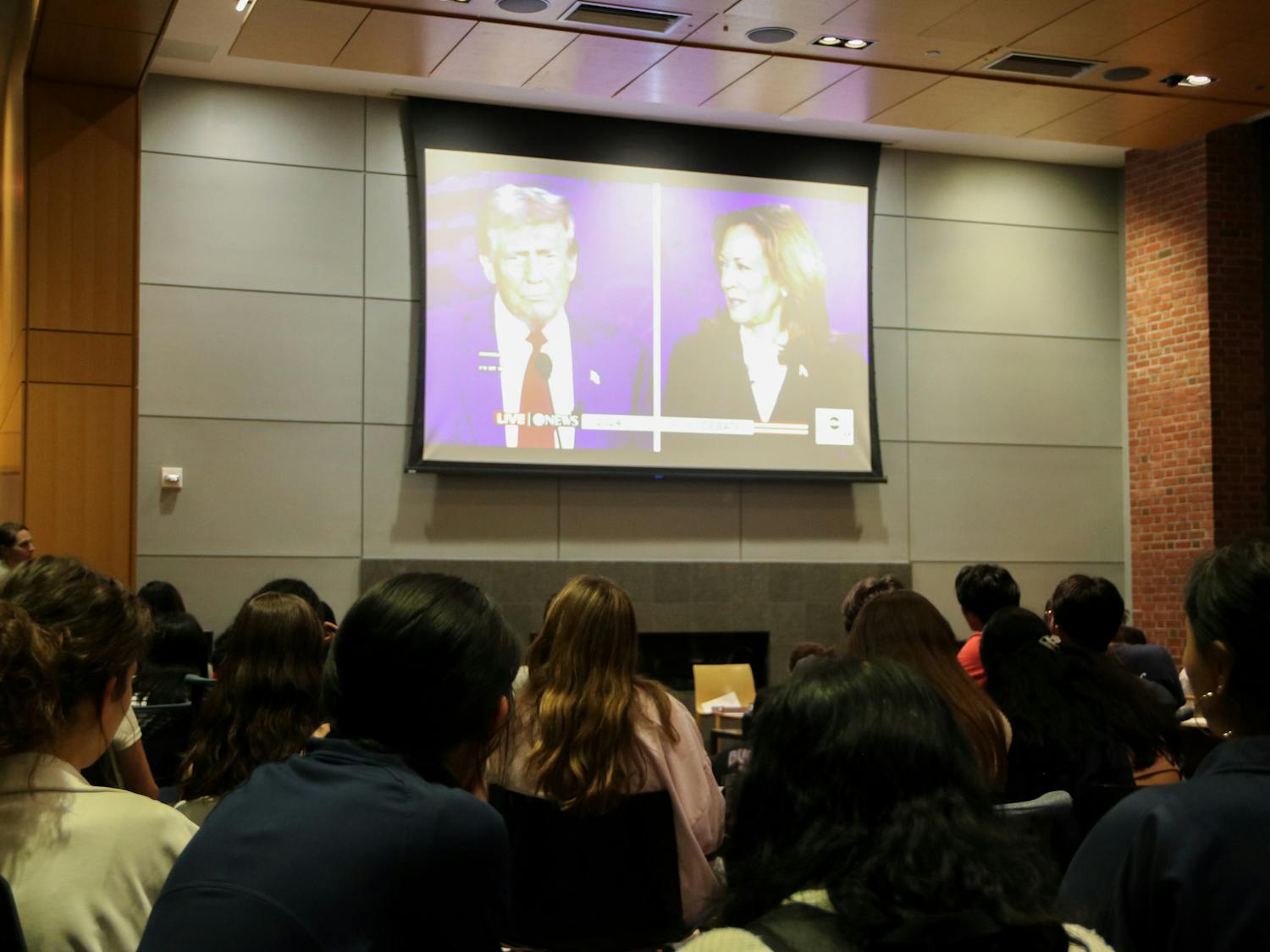Located prominently on the homepage of Undergraduate Admissions is a headline that reads, in bold, reassuring type: “You can afford Penn.”
It’s a pity that for about 96 percent of the world that simply isn’t true.
Penn does not provide need-blind admission to international students. In other words, the college-age students who are not U.S. citizens must put themselves in an exceptionally more competitive pool of applicants if they wish to get financial aid from Penn — because the moment you check that box “yes, I need aid,” your chances to attend this school just plummeted.
Penn is refreshingly upfront about this in public and in private: they assert that it’s just too expensive to implement international need-blind admissions right now. But this argument is a clever excuse. Penn could implement need-blind admission for international students if it really wanted to. All it would need to do is roll back no-loan financial aid.
If the point of financial aid is to ensure that every student can attend Penn regardless of their family’s circumstances, then no-loan aid for domestic students makes little sense. A Penn education is an economic asset. Why should demonstrated need be met for some students and not others? Why should the high-need student from Iraq need to pay off educational loans for the next 30 years while the lower-need student from the suburbs of Los Angeles gets their education debt free?
True, the U.S. government helps the University support high-need domestic students. High-need internationals would have to be funded 100-percent privately. Yet the federal government’s aid to high-need domestic students only makes up 30 percent of the total cost of Penn. This small amount of federal support is one of the biggest reasons why, according to Student Financial Services Director Bill Schilling, Penn will spend close to $150 million in meeting student need in the coming year.
So if you created need-blind international admission, let’s say you’ll require 30 percent more than we’re spending to deal with the increased need. Abolishing no-loan and replacing it with “fair loans,” modeled on the example of Australia, the United Kingdom and the nation’s top law schools, would get us most of the way.
Here’s how a “fair loan” program could work. Let loans be to Penn, not to a private lender. Don’t charge interest (but index to inflation to keep the value of the loan constant). The loan is frozen while you’re in school. Then, require by contract that each year after graduation each loan recipient must give the University their income tax forms. From the recipient’s earnings after taxes, base the amount they must pay back each year on a sliding scale based on income. Let the top “bracket” be, say, 8 percent, so you don’t have to pay anything more than that no matter how much you’re earning. Likewise, if a recipient earns less than a certain amount, they don’t pay anything from their loan that year.
As bizarre as this system sounds, it was so successful in Australia that, according to the Australian federal government, 80 percent of loans were paid back in 10 years without restructuring or hardship.
The result? Over time, most of that $150 million we spend this year on financial aid would come back to the University, where it would be paid — you guessed it — back into the financial aid system. More money up front means more money to give out. With that, we raise the capital needed to implement need-blind admission for international students.
Of course, this is a rough sketch of a complex proposal. It needs a great deal of analysis before it can be implemented. But a truly just model of financial aid could well be in our reach. All we need is the courage to try it.
Alec Webley is a College senior from Melbourne, Australia. He is the former chairman of the Undergraduate Assembly. His e-mail address is webley@theDP.com. Smart Alec appears on Thursdays.








